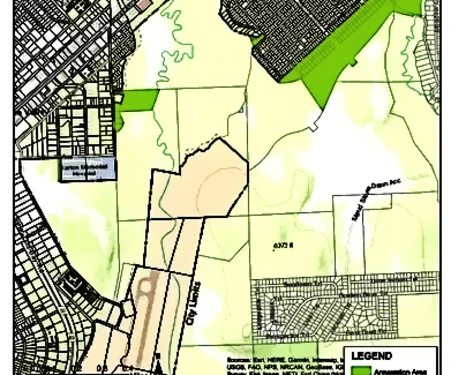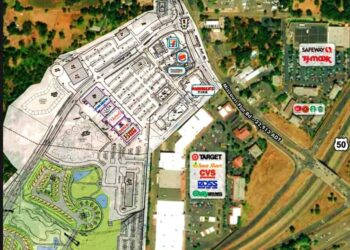SOUTH LAKE TAHOE, Calif. — May 21, 2025
The City of South Lake Tahoe has officially expanded its boundaries by 79 acres following the approval of an annexation by the El Dorado Local Agency Formation Commission (LAFCO), effective May 15. The newly annexed land includes 80 parcels near the Upper Truckee River meadow, marking the first major shift in city limits since its incorporation in 1965.
The city initiated the annexation process in 2023 to secure tax revenue for municipal services it has long provided to the area, including snow removal, road maintenance, and emergency response. The move required a negotiated tax-sharing agreement with El Dorado County to ensure a smooth transition of revenue and responsibilities.
“We are excited to complete this annexation, which allows the city to receive revenue for the services we provide to those properties,”
said South Lake Tahoe Mayor Tamara Wallace in a public statement.
“It will also allow residents in those areas to vote on city issues and for city councilmembers that represent them.”
Of the 80 parcels annexed, 13 are privately owned, while the remaining are controlled by public agencies. The change not only shifts taxation and service obligations but also reshapes local governance and representation for those residents. Effective immediately, eligible voters within the annexation area can participate in city elections.
The annexation also impacts emergency services. The territory is now detached from the Lake Valley Fire Protection District and incorporated into the South Lake Tahoe Fire Department’s jurisdiction, aligning fire response with city management.
Annexations in California are governed by the Cortese-Knox-Hertzberg Local Government Reorganization Act of 2000, which aims to streamline public service delivery and ensure efficient urban growth. Public documentation of the annexation, including the adopted tax-sharing agreement, is available through the El Dorado LAFCO and the City of South Lake Tahoe websites.
City planners say the move not only reflects the natural evolution of service boundaries but is critical for long-term infrastructure planning and community development.










